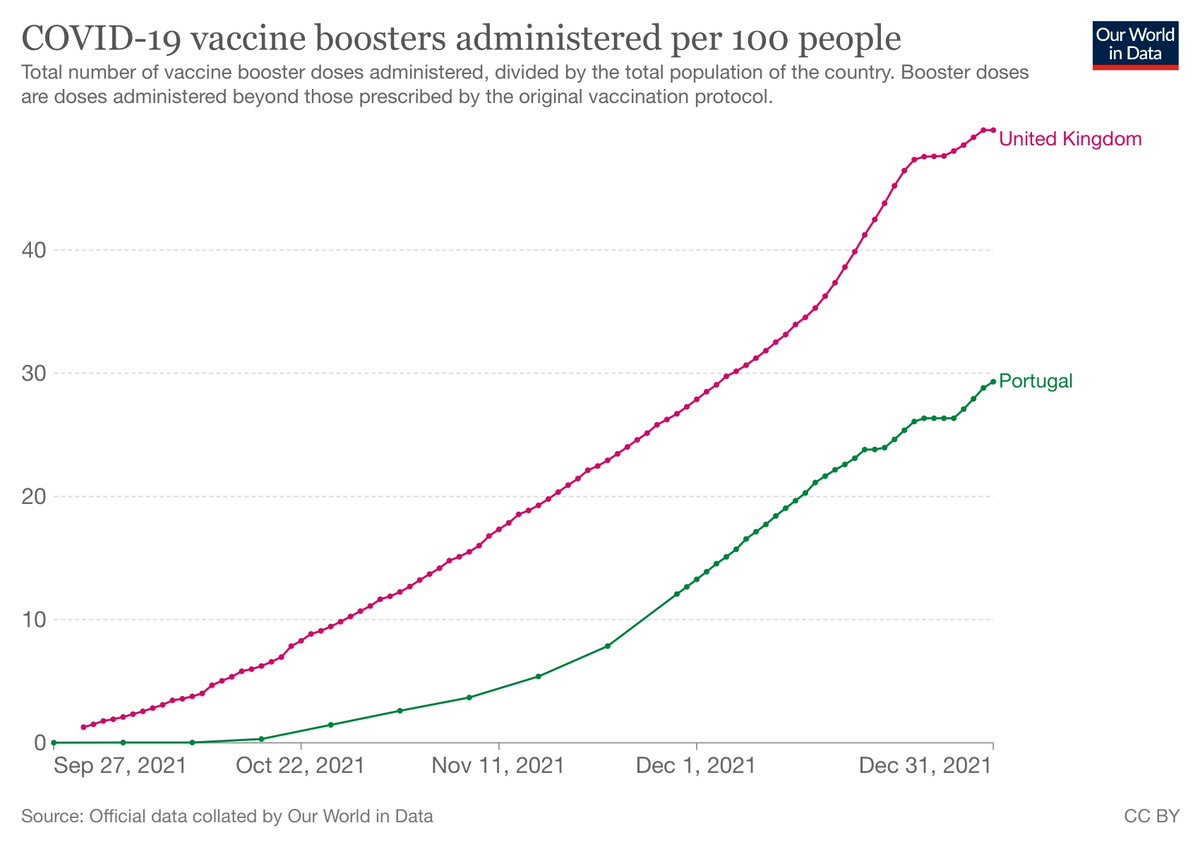
1/14 Dear #epitwitter,
Our first peer reviewed #COVID modelling paper has just been made available online by the grand classic Journal of Theoretical Biology 🙏authors.elsevier.com/sd/article/S00…
Others will follow shortly I believe.
Our first peer reviewed #COVID modelling paper has just been made available online by the grand classic Journal of Theoretical Biology 🙏authors.elsevier.com/sd/article/S00…
Others will follow shortly I believe.
2/14 Joined this platform in June 2019 to say some forms of individual variation impact epidemic dynamics hugely. Not all variation matters and explanation isn’t "nonlinearities this and that". Key process can be described linearly, intuitively, and quantifiably by inference.
3/14 When covid-19 emerged I couldn’t but apply concepts and new inference procedures to the pandemic. Also couldn’t but communicate results through this and other platforms.
This post summarises concepts, results, how they were received, and how mission has been accomplished.
This post summarises concepts, results, how they were received, and how mission has been accomplished.
4/14 When a population consisting of individuals with different levels of susceptibility or exposure to infection is invaded by a pathogen, those with higher susceptibility or exposure tend to be infected first depleting susceptibles faster than a homogeneous model would assume.
5/14 This results in lower herd immunity thresholds and smaller epidemics than an insufficiently heterogeneous model might have predicted: 

6/14 Our first preprint saying this was submitted to medRxiv on the 27 April 2020 (memorable day for me as it was the first birthday of my first grandson, and it would have been the 81st birthday of my father).
7/14 Your reaction, dear #epitwitter, was beyond comprehension. You hated this work (which I loved) for some reason. You resorted to most imaginative arguments and means to discredit the work and hurt careers/livelihoods of those involved. Here main arguments and our responses:
8/14
1- Not new theory.
Re: Right (see Introduction to our JTB paper) but infectious disease epidemiology (IDE) researchers don’t make full use it. They prefer to model a few specific traits (such as age and contact degree) and ignore unmeasured variation, inflating epidemics.
1- Not new theory.
Re: Right (see Introduction to our JTB paper) but infectious disease epidemiology (IDE) researchers don’t make full use it. They prefer to model a few specific traits (such as age and contact degree) and ignore unmeasured variation, inflating epidemics.
9/14
2- Behaviours are complex, contact networks rewire, and what not.
Re: Yes, but these micro processes are implicit in our macro inferences. We infer variation from its effects on epidemic curves. Variation cancelled by rewiring or whatever is excluded by inference approach.
2- Behaviours are complex, contact networks rewire, and what not.
Re: Yes, but these micro processes are implicit in our macro inferences. We infer variation from its effects on epidemic curves. Variation cancelled by rewiring or whatever is excluded by inference approach.
10/14
3- Gamma distributions not good representations of individual variation in exposure.
Re: They seem to be. See Section 5.4.1 of JTB paper where we review contact surveys and fit gamma distributions to published data. In any case conclusions not limited to gamma distributions
3- Gamma distributions not good representations of individual variation in exposure.
Re: They seem to be. See Section 5.4.1 of JTB paper where we review contact surveys and fit gamma distributions to published data. In any case conclusions not limited to gamma distributions
11/14
4- Non-pharmaceutical interventions (NPIs) are under-represented.
Re: No, they are not. Our inferences result in similar NPI efficacy (but not effectiveness; see below) to those reported by other groups.
4- Non-pharmaceutical interventions (NPIs) are under-represented.
Re: No, they are not. Our inferences result in similar NPI efficacy (but not effectiveness; see below) to those reported by other groups.
12/14 I don’t recall further criticisms and those I recall seem straightforward to address on retrospect. So, mission to establish and communicate what individual variation in susceptibility and exposure does, and how it can be estimated and used has been accomplished.
13/14 Sad, however, that our models were not used to inform policy. Sad because although we estimate similar NPI efficacy to other research groups, the impact of such measures on pandemic is much lower according to our models because unmitigated epidemics would have been smaller.
14/14 To conclude, we might have controlled the pandemic almost as effectively with less restrictive measures.
PS1: With this, I now unblock and unmute those accounts that I had to shield myself against to protect wellbeing of myself and my family, my work, and our team.
PS2: Sorry the JTB paper is not accessible without subscription. Another nefarious effect of the campaign to suppress out work is that we could not secure any funding (not even dream to try) so could not pay open access. Here is the equivalent on medRxiv:
medrxiv.org/content/10.110…
medrxiv.org/content/10.110…
• • •
Missing some Tweet in this thread? You can try to
force a refresh







